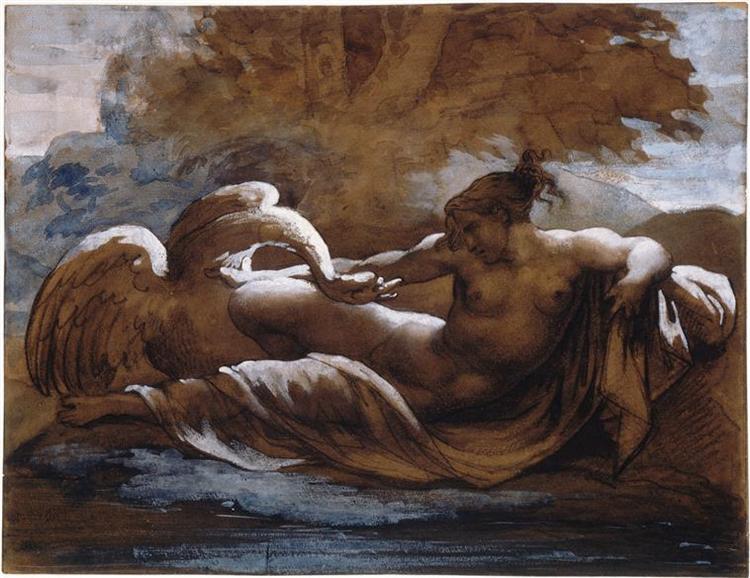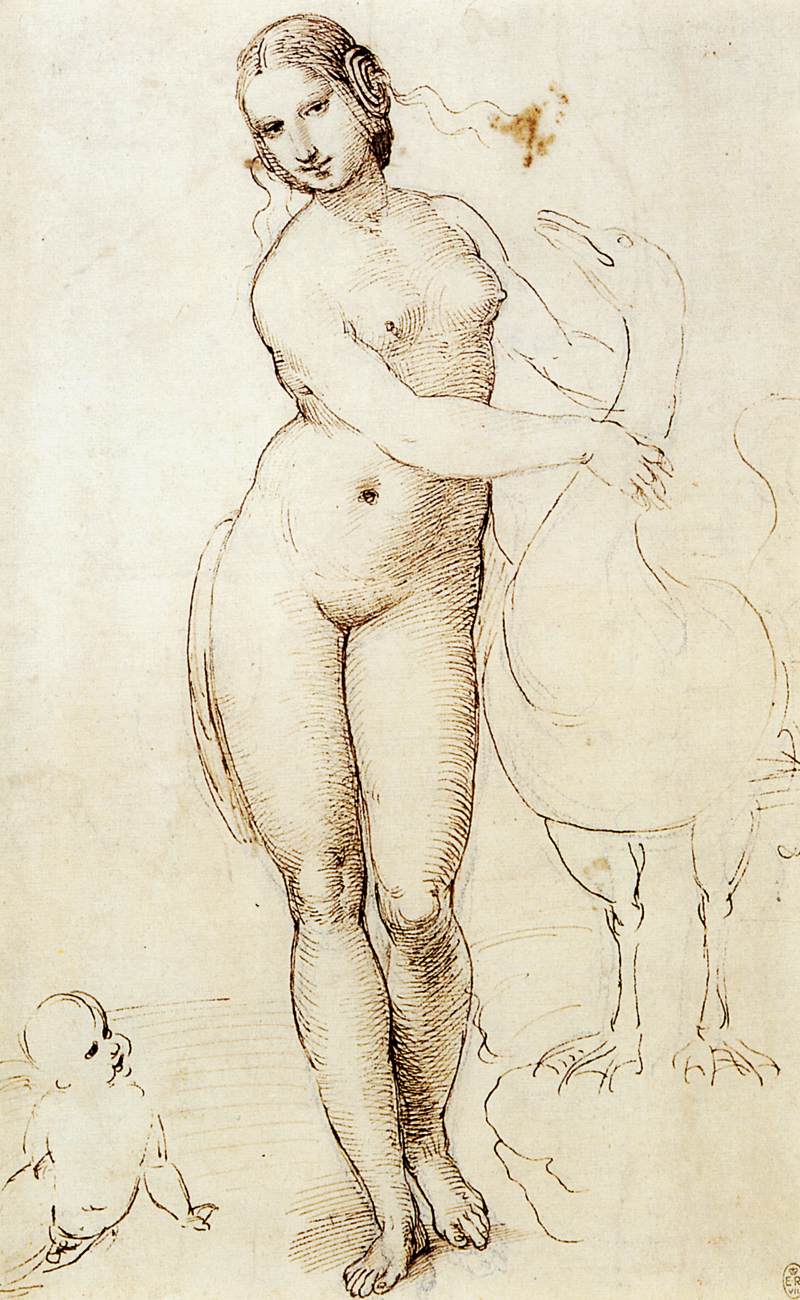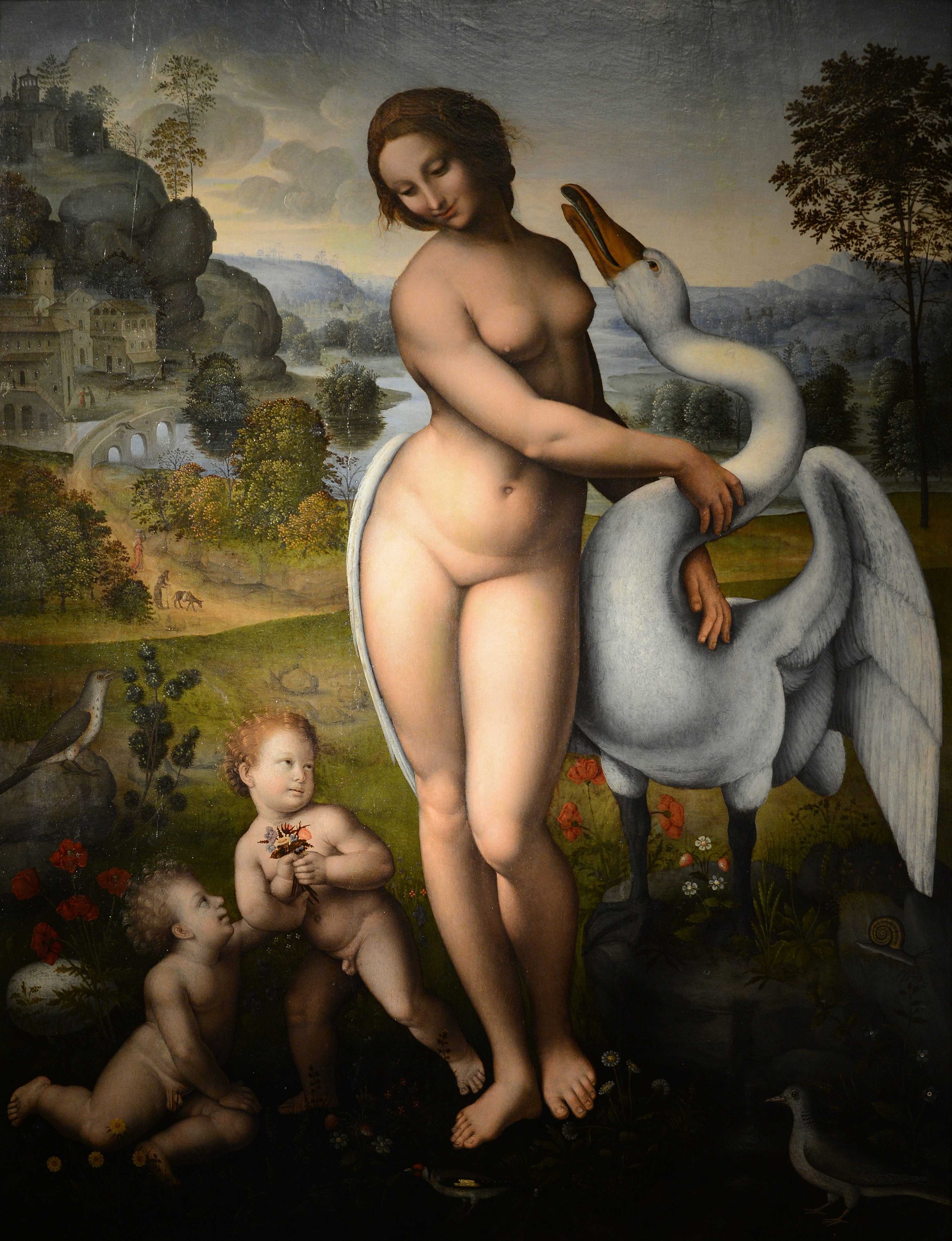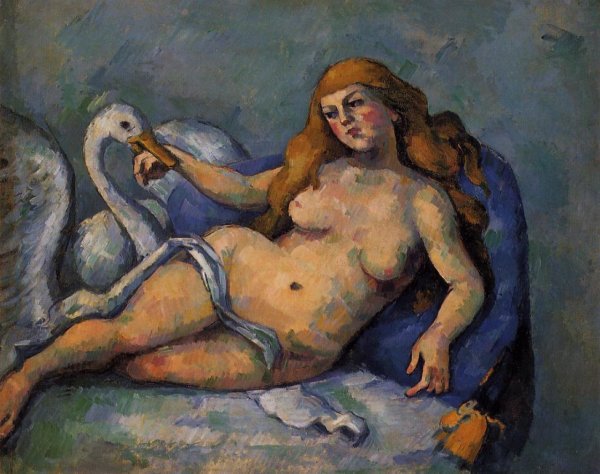
Leda and the Swan in the Arts
Le Cygne has been inspiring artists and writers for centuries, with each generation and movement creating their own rendition of the symbolic bird. Within the western art world, the scenes and iconography inspired by the story of Leda and the Swan, a story in Ovid’s Metamorphoses, have been reimagined over and over again, becoming almost a thematic right of passage for an artist’s portfolio. The story is that of Leda, a spartan queen, who was raped (or seduced) by Zeus in the form of a swan. Countless paintings, sculptures, etchings, and more have been inspired by the story. It became an icon of classicism during the Renaissance, becoming more important for the educated class than it had been for the society in which the myth originated.



The Italian Renaissance saw tons of renditions of Leda and the Swan, with each school of painting copying each other and using the composition and subject matter to hone their skills. Some famous explorations of the story are Raphael’s Leda and the Swan (above) and Leonardo da Vinci’s Leda and the Swan (below), both of which were influenced the painters across Europe. The story was used by painters to explore themes of sexuality and the female form in a context that was considered acceptable, since it was classical subject matter. However, it also dealt with the complicated theme of rape, allowing for many artists to interpret the story and compositions in different lights.

The French painter, Paul Cezanne, completed his version of Leda and the Swan, showing both traditional and new stylizations. His version, seen above, is palpably sexual. Leda gazes directly at the swan with unflinching and seductive eye contact, unlike DaVinci’s Leda who is not gazing at the swan that is encircling her. Instead she gazes upon her children at her feet. These renaissance renditions of Leda and the Swan are using the motherly qualities to negate the otherwise sensual nature of the full frontal nudity. However, 300 and some years later, Cezanne does not shy away from painting Leda in a sensual way. This Leda is displaying herself for the viewer, posed more like a reclining Venus painting than a Leda painting. No children are present in this painting – Leda remains “available”, remains a young girl. Cezanne even sketched in a champagne flute in her hand in an early preparatory sketch.
While Leda is overtly sexualized in this painting, there is also a layer of awkwardness in the composition. The swan, as in the paintings that came before it, is possessive of Leda. But in this version, instead of an embrace, he is shown more in aggression. Swans are known to be aggressive when need be, and the bite on the hand and wings raised in flight could be read as an attack even though Cezanne softened the motions and painted in a muted, light hearted color palette. In this reading of the painting, Leda’s stare becomes more ambiguous. A stare of contempt? A stare of annoyance? A stare of lust, of love? Because of these ambiguities and stylistic changes from the past, Cezanne’s Leda and the Swan is a fascinating contribution to the world’s continuous reimagining of the classical myth. Leda’s story is one that will never go out of style.